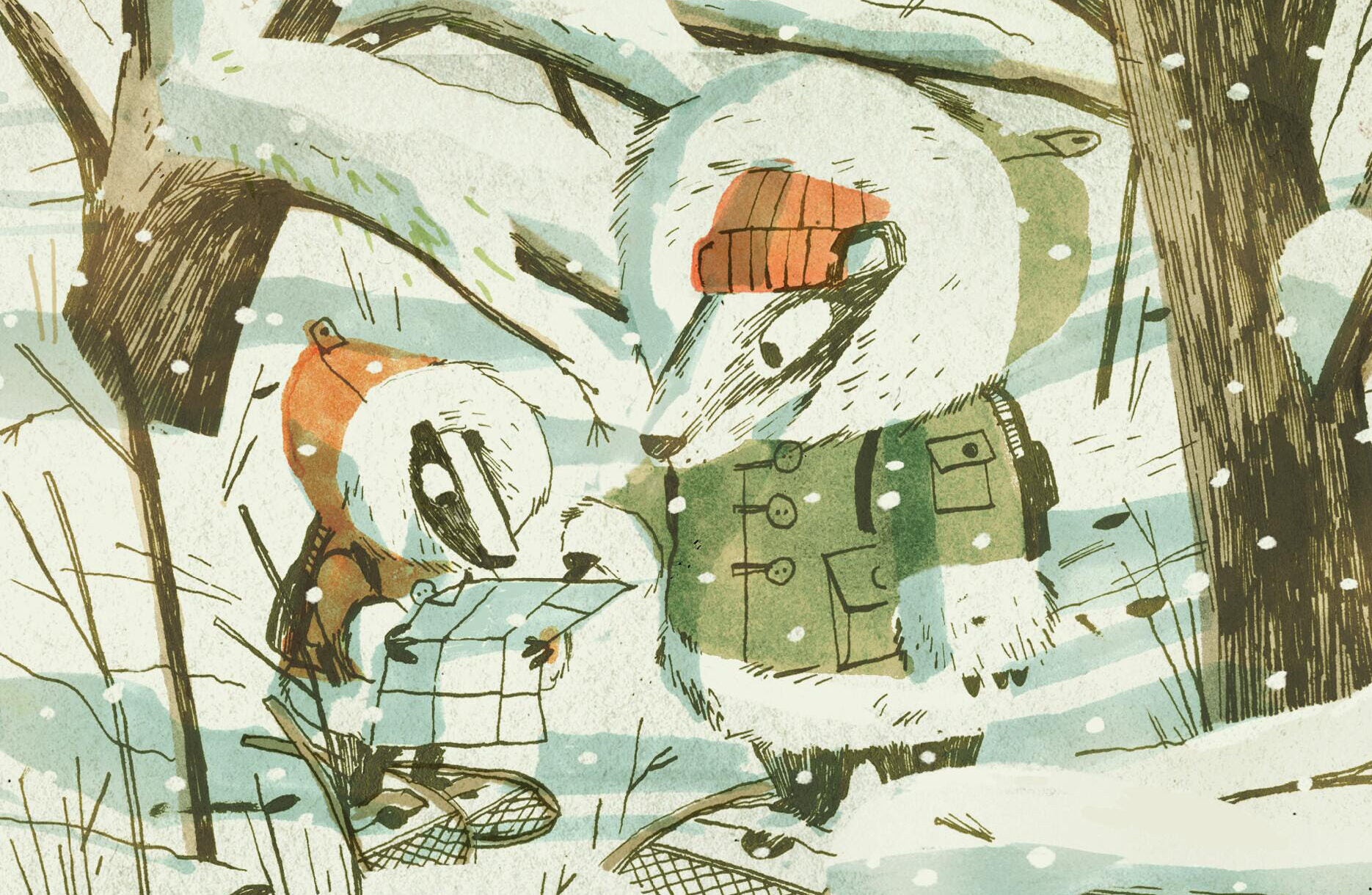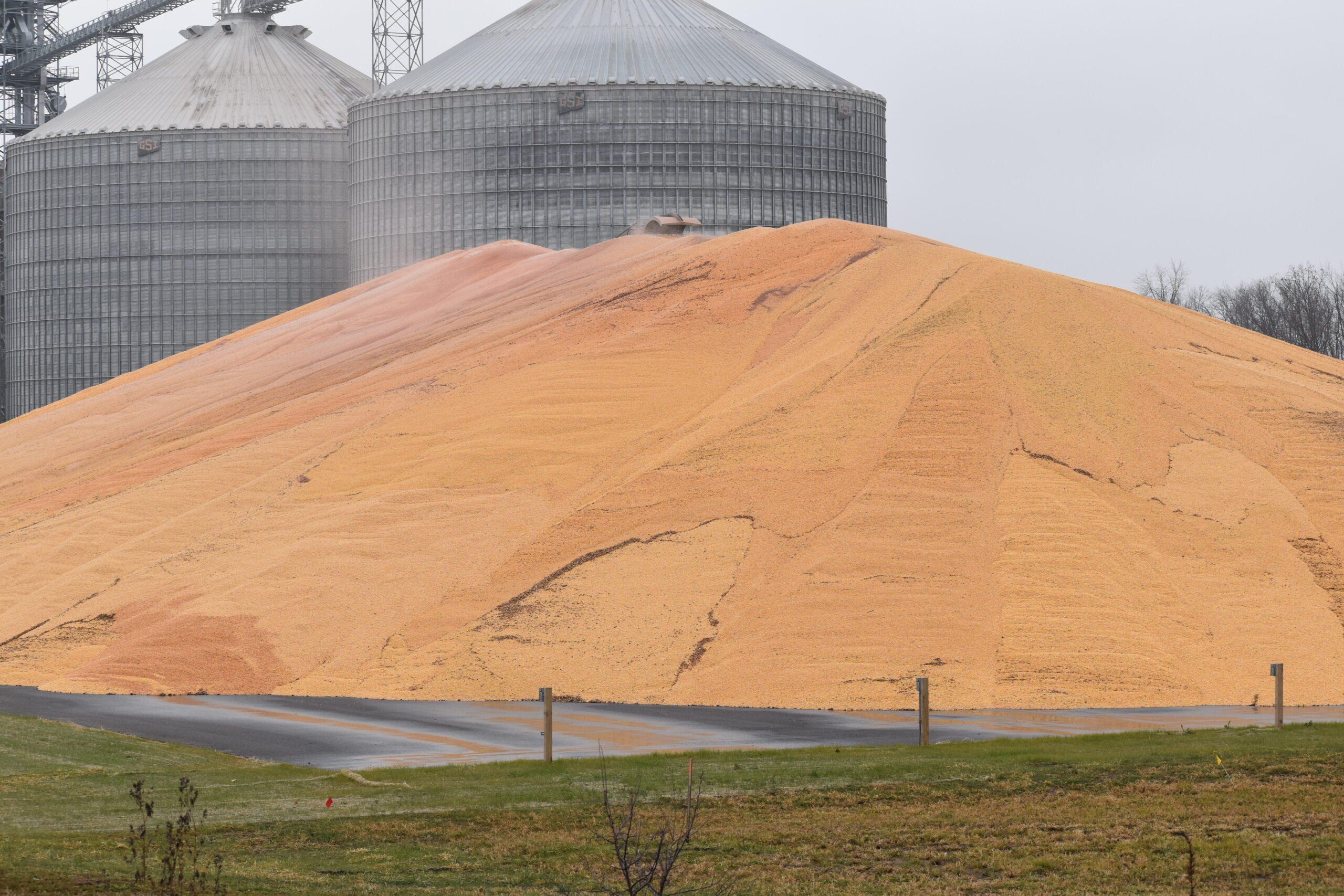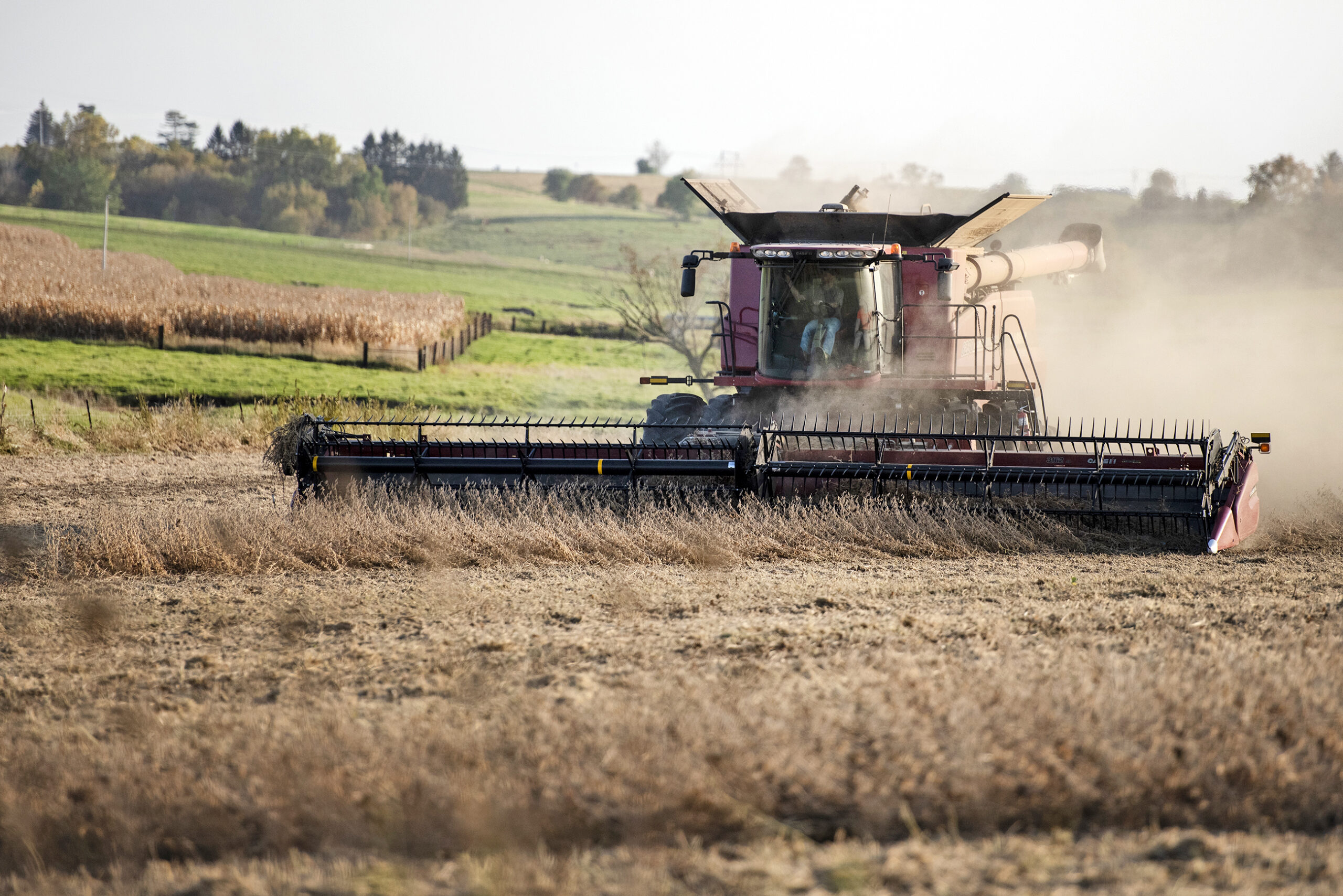For 15 years, Wisconsin writer Tamara Dean lived off the land in the heart of Wisconsin’s Driftless Area, known for its rolling hills, bluffs and deep river valleys carved in sandstone.
Dean and her partner David spent that time homesteading, finding beauty and adventure in every corner of their 275-acre property. Her new book of essays “Shelter and Storm” recounts some of their adventures together.
On WPR’s “Wisconsin Today,” Dean offered a glimpse into what she learned from her time in the Driftless Area — including her quickly corrected misconceptions of what it’s like to homestead with your partner.
News with a little more humanity
WPR’s “Wisconsin Today” newsletter keeps you connected to the state you love without feeling overwhelmed. No paywall. No agenda. No corporate filter.
Dean will go on a book tour around Wisconsin, beginning April 26 in Viroqua.
The following interview was edited for clarity and brevity.
Kate Archer Kent: You write that the Driftless Area is “so improbable that some geologists refuse to accept it.” Why is this area of land in southwestern Wisconsin so incredibly special?
Tamara Dean: It’s one of the few areas in the world that was never touched by glaciers, but it’s also the only area in the world that has no obvious explanation for that.
All of North America’s glaciers flowed around this area, even though it’s not any higher than other places, or more porous. So even when geologists confirmed that there’s no evidence of drift — which is the debris-like rocks, silt and sand that glaciers plow down as they move forward and then leave behind as they recede — other geologists out east, for example, were saying, “Well, this is just not possible.” Even a geologist at the University of Wisconsin would not believe it, and he kept going out to this area, digging, digging, looking for drift, but there just wasn’t any.
KAK: Why do you think people, especially new homesteaders, are called to this region?
TD: I think they’re seduced by this magical landscape, like I was. It’s unlike any other place in the Midwest. It has these steep limestone bluffs, gorgeous, sparkling spring-fed streams and narrow river valleys. I think people are really attracted to that. That’s what drew me.
KAK: The first essay in your book, called “So Near the Soil,” addresses what it’s like to try farming, which is something you’d never done before. You start off really confident and really hopeful. What were some of the challenges that surprised you most as an entry-level farmer?
TD: I had the impression, because I came from a long line of farmers, that somehow I would be born with this understanding of how to grow crops. Of course, that was naive. I started with a large garden, but gardens and crops are entirely different. When I looked out at my neighbor’s fields, I was trying to also do the math. “Could I grow 40 acres of organic, diverse vegetables and fruits?” I didn’t want to grow commodity crops like corn and soybeans, but I also found out from asking around and studying what neighbors were doing that commodity crops are supported by the USDA through subsidies, grants and crop insurance. And at that time, there was no safety net for growers of organic, mixed crops like vegetables and fruits. I saw some of our neighbors get entirely wiped out year after year because of these record-breaking floods that the Driftless Area was experiencing, and I thought, “I don’t have the risk tolerance for this kind of lifestyle, and I don’t understand how a person can make the bottom line positive growing the kinds of things that I wanted to grow.”
KAK: You call yourself a steward of the land, not a property owner. I wonder if that distinction made it more difficult to decide what to do with these acres?
TD: I think you’re pointing to the fact that I can overthink anything. That’s true. I thought of myself as a steward, in part because I understand that everything about land — our idea of its use and where the boundaries are, who gets to use it, who gets to speak for it and whose history is authorized — is political. I didn’t feel entitled to take ownership of land in that same way. I wanted to be able to question and to learn and adapt.
KAK: You now live in Madison. Hearing about all the work you put into this land in the Driftless Area, all of these memories and stories, why did you decide to leave?
TD: It was a heartbreaking decision. Some people know of the driftless area as the Midwest epicenter for Lyme disease and other tick-borne diseases. Unfortunately, spending so much time in prairies, meadows, gardens and woods out in the Driftless Area, I did often get bitten by ticks and I had several cases of Lyme disease. The last one started around 2016 and ended up lasting almost five years. I think it might be like the long COVID cases that people are talking about, where you just don’t have energy, or you don’t know from day to day whether you’ll be able to get out of bed and function. It was impossible for me to maintain the energy for our lifestyle, which included chopping wood, mowing, pruning trees, planting and harvesting. It was very physical.
KAK: All of these essays have the common thread of this region, of this glorious region. And I’m wondering, as a writer, since leaving the Driftless, was it hard to write about something else?
TD: Life in the Driftless Area seemed to present constant drama. All I had to do was step outside, it seemed, and I would be presented with something astonishing, whether good or bad or just curious and weird. The material kept coming. Initially, when I moved to the Driftless Area, I was a fiction and technical writer, but not an essayist. And then I thought, “Well, the drama here overshadows any kind of fictional storyline.”
But it turns out that I have had more material come toward me. About six months after we left the Driftless Area, I was walking across the street in Minneapolis and I was run over by an SUV. I wrote about that experience, the recovery and pedestrian rights. And then more things keep happening, and I’m still astonished by nature. One thing I took with me from the Driftless Area was that if you’re open-hearted and open-minded as you’re walking through the outdoors or interacting with neighbors and your community, you’re bound to be rewarded with insights and wonder.







